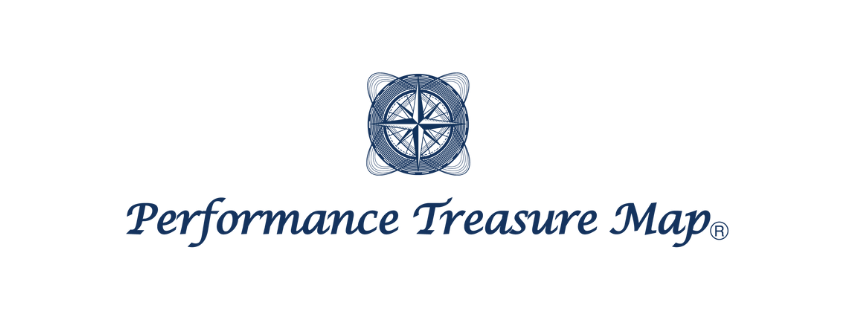Thank you for visiting our blog!
In this blog, we will introduce the “Corrective & Preparation Exercise,” which is the final destination achieved by subdividing the first map, the Original K-Map, within the Performance Treasure Map.
We will explore not only the objectives, procedures, and points of caution for each exercise but also:
- The fundamental principles behind conducting these exercises
- How they are linked to performance (the ‘treasure’)
Our aim is to provide a deeper understanding of these exercises.

We hope that after reading this blog, it will be helpful when prescribing exercises to your clients and athletes!
Today, we are introducing “Rock Back”!

Classification of Exercises in the Original K-Map
When we break down the factors of performance, they can be classified as follows:
Range of Motion Muscle Function Technique
We link each exercise to these categories.
“Rock Back” is primarily used for
Range of Motion
and we will explain the reason behind this.
Principle and Fundamentals
First, let’s start with the fundamental principles of the exercises.
The key principle here is the “Joint by Joint Theory,” which we introduced in a previous blog!
▼Joint by Joint Theory【General Principle】

There are joints responsible for mobility and joints responsible for stability in the human body, connected in a chain-like manner, as shown in the diagram.

Connection with Performance
Posterior Kinetic Chain
Muscles and fascia, like joints, work in a chain to produce movement.
This is called 【the Kinetic Chain】, and when it comes to injury prevention and generating explosive power, considering 【the Posterior Kinetic Chain (the kinetic chain of the posterior side of the body)】is particularly important.
The following muscles are primarily involved:
✅Trapezius
✅Latissimus dorsi
✅Erector spinae
✅Gluteal muscles
✅Hamstrings
These muscles work not individually but as a chain, allowing efficient movement and maintaining posture against gravity and load.
The most representative movement for this is the deadlift.
Range of Motion in the Deadlift
In the Original K-Map’s “Deadlift,” range of motion is broken down into:
✅ Thoracic spine extension range
✅ Shoulder abduction and external rotation range
✅ Hip flexion range
By performing the deadlift, it is possible to improve the range of motion and muscle strength of the hip joint (gluteus maximus), which generates significant power. This helps transmit ground reaction forces efficiently, improving performance in sprints, jumps, and injury prevention.。
For more details, please check our article, The Deadlift [Overview].

Rock Back focuses on the thoracic spine and hip joints, making it an effective introductory exercise for learning the deadlift movement and the posterior kinetic chain.

Hip flexion is also crucial when introducing squats, which will be covered in the next article!
Rock Back

Purpose
Improving hip flexion range of motion
Starting Position
Start in a quadruped position with your hands directly under your shoulders and knees directly under your hips.
Procedure
While pushing the ground with your hands, pull your hips back.
Points to Note
Tuck your chin and lengthen your neck.
Be careful not to tilt the pelvis posteriorly while pulling your hips back.
Conclusion
In this article, we introduced “Rock Back.”
This exercise allows you to perform hip flexion, which is essential for learning the deadlift movement and the posterior kinetic chain, while minimizing the control of other joints.
Additionally, gaining this range of motion will ultimately connect to the “hip hinge” technique classified under “Technique” in the K-Map!
We will discuss the hip hinge in the next article!

Next time, we will introduce the “Kneeling Hinge”!
Please look forward to it!
▼For more information on PTM and K-Map, click here:
▼To purchase the Original K-Map, click here:

This post is also available in ja.


